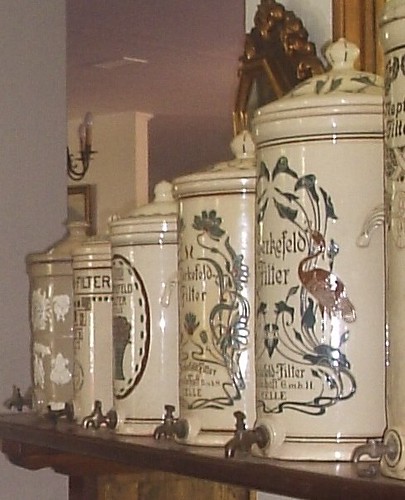In an age where water is worn as a fashion statement, it is hard to imagine a world where drinking the water was taking a risk with one’s health.
In 1804 the first municipal water filtering facility was sited in Paisley, Scotland. However, by 1854, a London cholera outbreak was traced to sewage contamination of a public well.
It wasn’t until 1882 that the filtration of London finally was commenced.
The 1804 treatment consisted of round sand and gravel filters which was later piped to consumers. Slow sand filtration was the common water treatment method of 19th Century London in large tracts of land quickly outpaced in capacity by the ever growing Industrial capital.
By 1827, Royal Dalton began manufacturing ceramic water purification filters. A pamphlet from the same year described the Thames (London’s main water source) as “Offensive to the sight, disgusting to the imagination and destructive to the health.”
Victoria took up the Royal Dalton for her own household use, and so it would have been wildly popular in other aristocratic Victorian homes.











